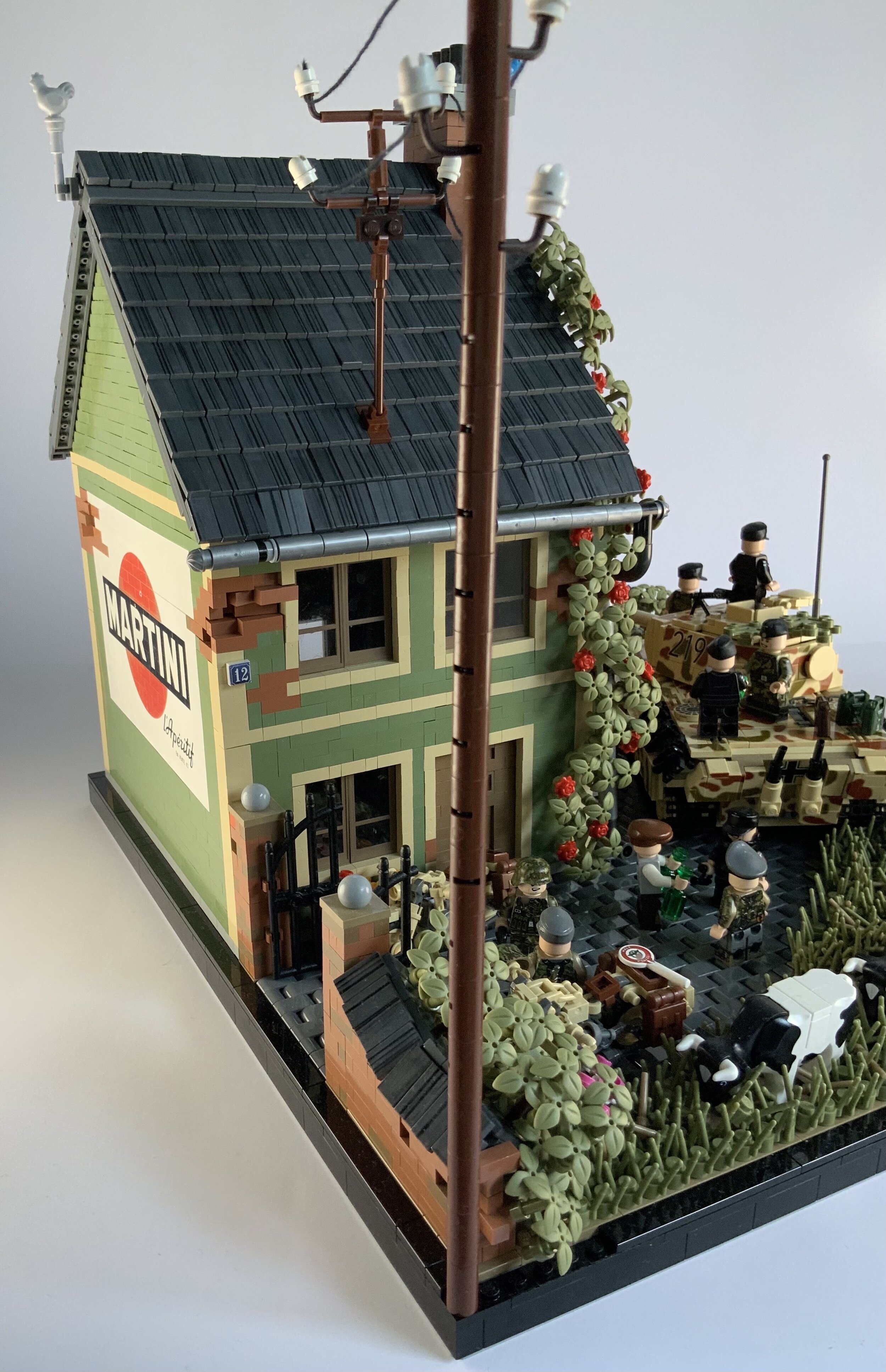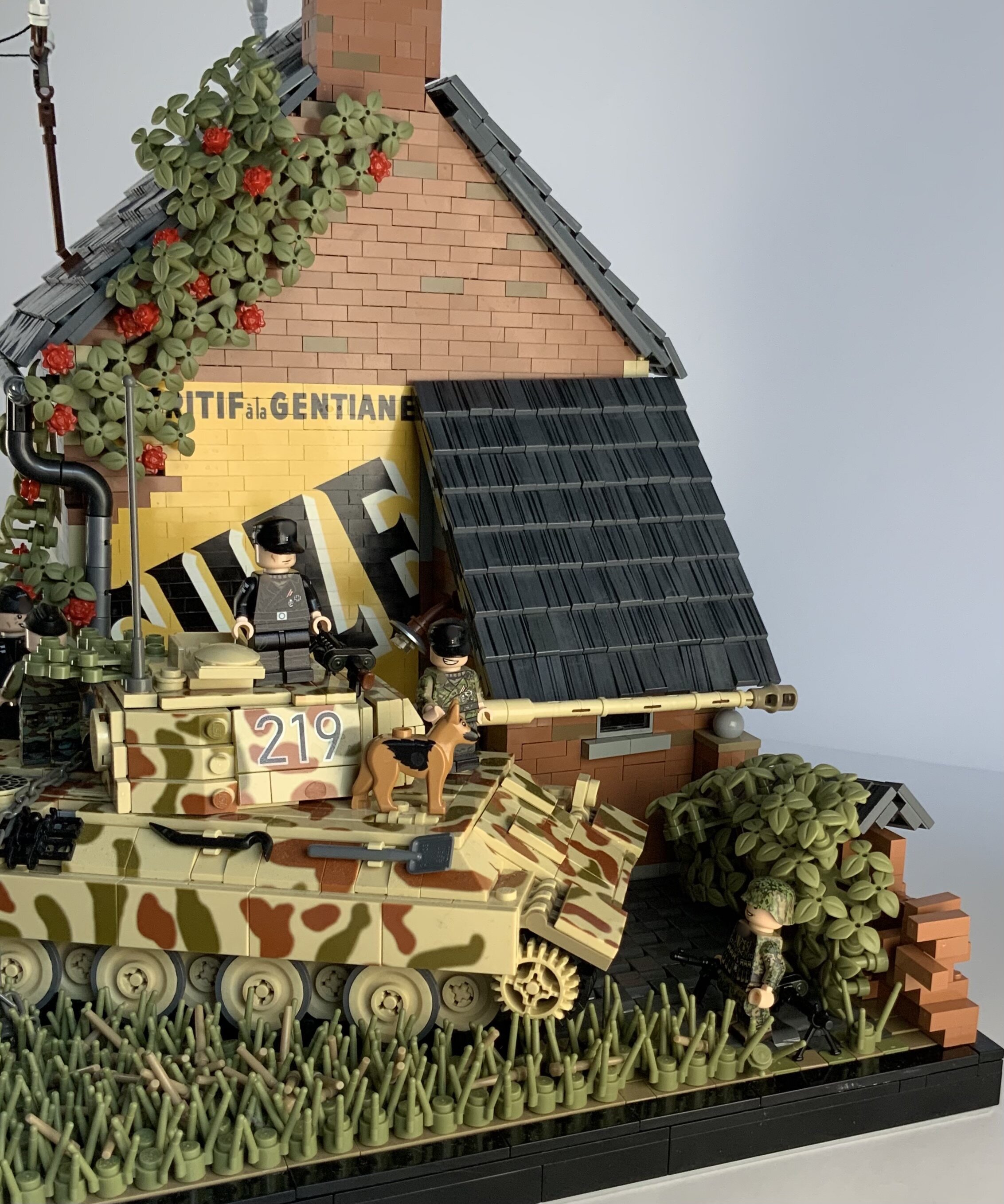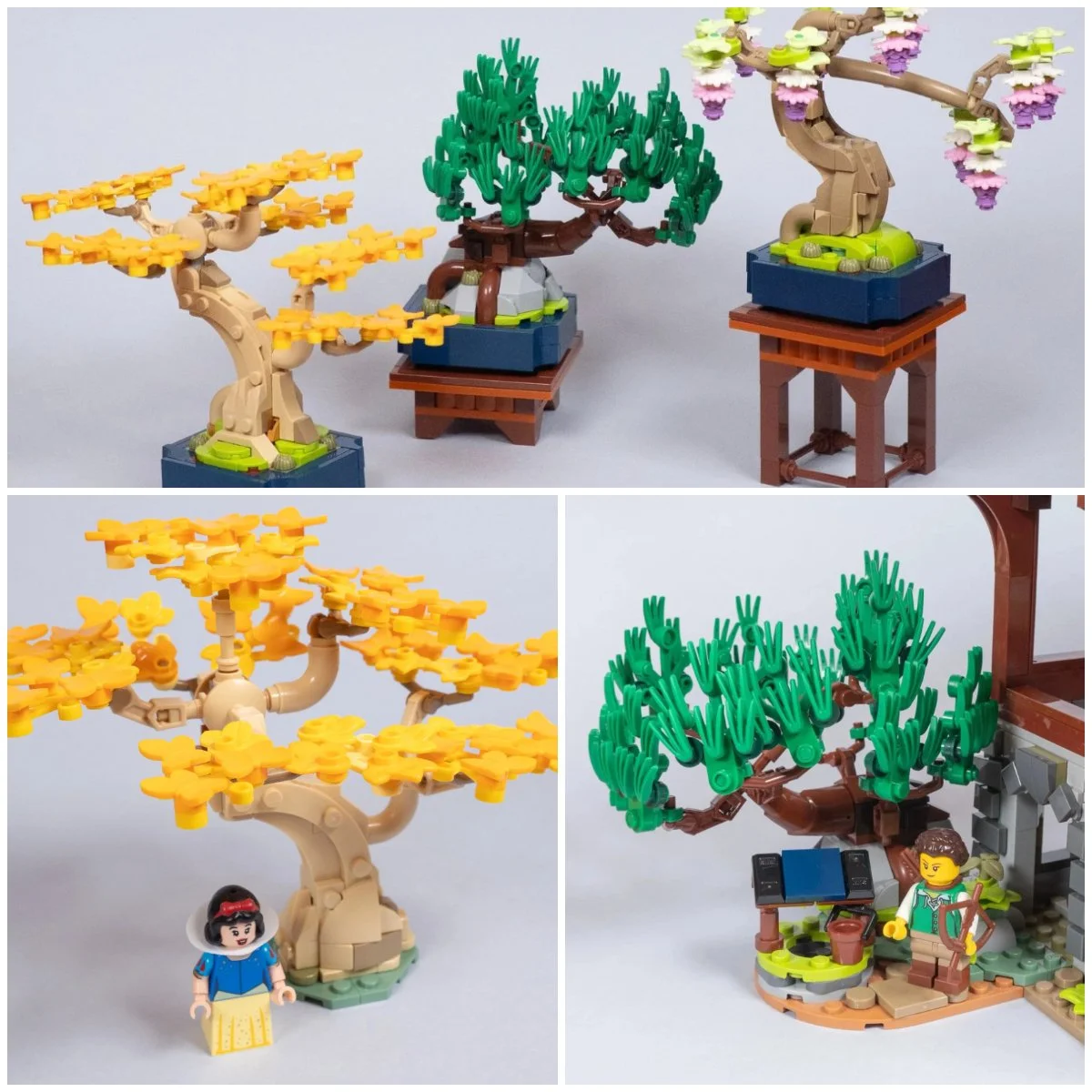An Architectural Marvel of Modulex
/Today’s guest article comes from Noah Hennings (h2brick).
Modulex. If you’ve been in the LEGO scene long enough, you probably have heard of the brick variant that LEGO introduced for a short time between 1963-1965, mainly targeted at architects. It’s nothing new to MOC building, implementing these particular blocks, but when Péter used them in this creation, I needed to check if what I was seeing was actually made of our favorite interlocking bricks.
Historical/Modern military themes have been and will continue to be a large component of the LEGO fan community. Consider the multitude of third-party companies like Brickmania, EclipseGrafx, TheMinifigCo, just to name a few, producing all types of weapons, accessories and vehicles to go along with a variety of custom printed minifigures.
Even with many of these attributes, Péter was able to break an aesthetic barrier while still including these traditional military details. I reached out to him to get the scoop, and find out more details in regards to the building and thought process behind this showpiece.
When I started to inquire about what inspired him, he mentioned his interest in the French buildings from that era. He went on to explain that the scene is based on a picture he drew of German soldiers in Normandy shortly after D-Day in 1944. Comparing his drawing and the MOC, you can see a lot of similarities. To be honest, I’m quite amazed to see him take the time to draw this out beforehand, especially so intricately.
Speaking of time, that brings us to the question, “How much time was spent planning, gathering parts and finishing the build?” According to Péter, six months went into the planning and ordering phase leading up to the further two-week total building time for the MOC. With such a different building style, I can see why.
It doesn’t come as a surprise that his favorite part of the build is the house made of Modulex. He mentioned that about 5,400 Modulex bricks in total were used throughout the entire creation. What a number! Furthermore, he finds that Modulex is more realistic when trying to recreate architectural details such as windows or doors. The different techniques are more interesting to him as opposed to using traditional LEGO bricks.
In addition to the large amount of Modulex used here, as mentioned before, there are also a significant amount of third-party products. Oftentimes I think a balance is needed between LEGO bricks and third-party items. While there are more than I would use in my own creations, I think Péter used them effectively to complement the other design elements in his creation. This not only sets a new standard for historical military MOCs, but highlights Modulex and its potential for realistic structural details.
Want to follow Péter and see what he’ll do next? You can find him on Instagram and Flickr!
(Disclaimer: the images featured in this article have been edited in order to remove historical symbols that some might find offensive. This was done with permission from the builder.)
Have you ever built with Modulex? Are you a history buff? Let us know in the comments section below!
Do you want to help BrickNerd continue publishing articles like this one? Become a patron to show your support, get early access, exclusive swag and more.






















